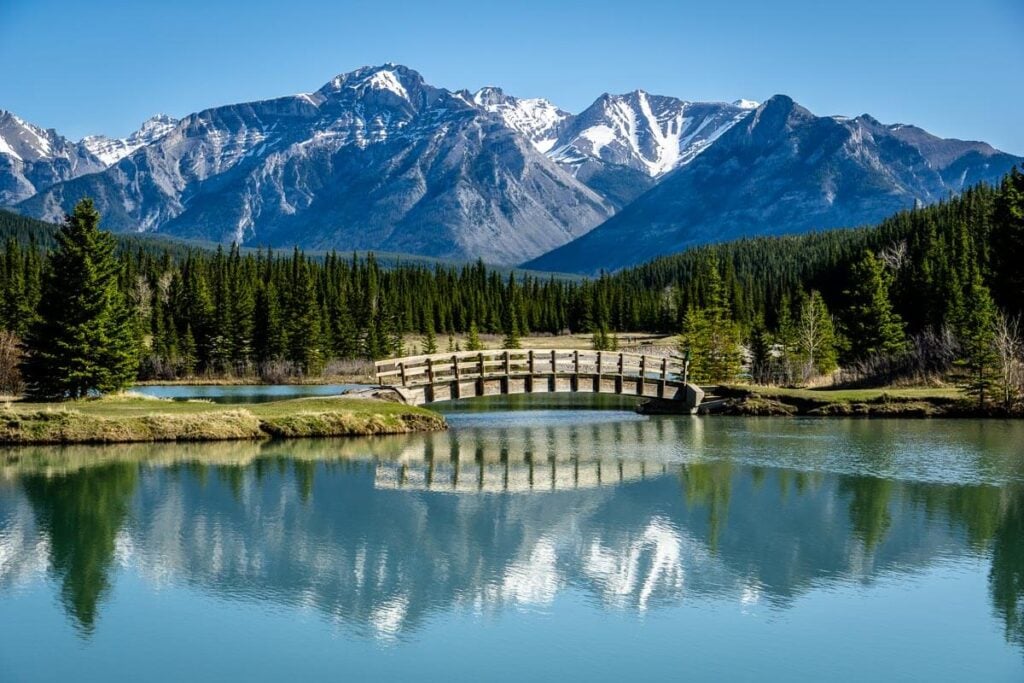
Effective Ways to Kill Black Mold: Practical Tips for 2025
Black mold is a common issue in many homes, and knowing **how to kill black mold** effectively is crucial for maintaining a healthy living environment. This article will provide detailed strategies for **removing black mold**, practical **mold cleaning solutions**, and tips to prevent its recurrence in your home. With 2025 just around the corner, it's essential to stay informed about the best practices in **black mold treatment** and **mold prevention tips** to ensure safety and health.
Understanding Black Mold and Its Impact
Black mold, scientifically known as *Stachybotrys chartarum*, thrives in damp, humid environments. Understanding how to identify black mold is essential for effective treatment. Signs of mold in home can often be seen in areas with poor ventilation, such as basements, bathrooms, and under sinks. These conditions can lead to drastic impacts on indoor air quality and health risks, including respiratory issues and allergic reactions. It's important to recognize mold symptoms early on, as they can worsen over time.
Identifying Black Mold Symptoms
Understanding the **black mold symptoms** people often experience is vital for recognizing an infestation. Symptoms may include respiratory issues, persistent cough, nasal congestion, sneezing, skin irritation, and sore throat. In some cases, prolonged exposure can exacerbate allergies and even lead to more severe health effects. If you notice these symptoms, particularly after being in a damp area, it may be time to conduct a **black mold inspection** to assess the situation.
Where Black Mold Grows
Mold often flourishes in common places such as the bathroom, kitchen, and basement. **Mold under sinks** and around bathtubs is commonly due to humid conditions and water leaks. **Mold in the attic** can also be a silent killer that goes unnoticed. **Understanding mold spores** is crucial because they can be easily displaced into the air and spread rapidly through the home, making effective management a priority.
Black Mold Growth Sources
Moisture is the primary factor for **black mold growth sources**. This could stem from water leaks, floods, or even high humidity levels. For instance, **water damage and mold** go hand in hand, and it’s paramount to address the source of moisture while implementing effective mold removal strategies. Additionally, areas with poor ventilation are also conducive to creating a breeding ground for mold spores, necessitating vigilant monitoring and intervention strategies.
Effective Mold Removal Techniques
When you have determined where the mold is located, it’s time to explore the best methods to **kill black mold** effectively. Different cleaning products and techniques can yield varying results, so understanding your options is essential for successful mold remediation.
DIY Mold Removal Methods
For those brave enough to tackle mold independently, DIY methods can be effective. Utilizing common household products such as **vinegar vs bleach for mold** can help eradicate black mold. While bleach might be effective on hard surfaces, vinegar is often touted as a safer option for removing **mold stains** from porous surfaces. Combine water with a standard household product in a spray bottle and apply directly to the mold. Leave it for at least an hour, scrub the area, and dry thoroughly.
Commercial Mold Removal Products
If natural solutions don't suffice, **mold removal products** on the market offer stronger options. Look for sprayers that contain ingredients like hydrogen peroxide or specific anti-mold chemicals. It’s crucial to follow the manufacturer's instructions for safe application while wearing appropriate **black mold safety gear** such as gloves and masks to protect against spores during the cleanup process.
Cleaning Moldy Surfaces Efficiently
Cleaning **moldy walls** and surfaces involves more than just applying products. First, ensure good ventilation by opening windows or using fans. Then scrub surfaces with a brush and a solution of water and mold cleaner, ensuring you wear protective equipment during the process. After cleaning, keep surfaces dry and flow of air circulating to prevent moisture accumulation, thus mitigating the risk of **preventing mold regrowth**.
Long-Term Mold Prevention Strategies
Once you've effectively managed current mold issues, **long term mold prevention** strategies are critical for maintaining a safe environment. It's essential to understand that while removal can solve immediate concerns, effective management will require changes in behavior and environment.
Moisture Control Techniques
Controlling humidity and moisture in your environment is the number one strategy for mold prevention. Dehumidifiers can be used in areas prone to moisture, such as basements, while regularly inspecting for leaks can prevent water buildup. Additionally, using **mold-resistant paints** on walls can create a smoother surface that inhibits mold growth. Regular checks of plumbing, roofs, and window seals can significantly reduce sources of moisture.
Airing Out and Ventilation
Understanding the importance of airflow and ventilation is crucial in preventing mold at home. Opening windows and using exhaust fans, especially in bathrooms and kitchens, can help reduce humidity levels significantly. **How to dry out damp areas** can also include placing furniture away from walls. This allows air circulation that can create a less favorable environment for mold growth.
Regular Mold Inspections
Schedule routine **black mold inspections** for areas not regularly accessed or monitored. In high-risk areas such as attics and crawl spaces, consider **mold testing kits** to proactively identify and address issues before they escalate. This ensures a proactive approach in your **mold remediation processes**—keeping your living space healthy and safe.
Key Takeaways
- Identify and treat black mold symptoms promptly.
- Use both DIY and professional methods for effective mold removal.
- Control humidity and improve ventilation to prevent future growth.
- Conduct regular inspections to manage any underlying issues.
- Employ an integrated strategy for mold care at home.
FAQ
1. Can I use household bleach for black mold removal?
While bleach can be effective, it's not always the best choice for porous surfaces as it won't kill mold roots. For porous materials, consider using **kill mold with vinegar** or specialized mold cleaners.
2. How do I choose the best method for cleaning moldy surfaces?
The choice of method depends on the type of surface and severity of mold. For light infestations on hard surfaces, vinegar or baking soda can work well, while heavier infestations might require commercial **mold removal products**.
3. What are some signs of mold damage in my home?
Signs include musty odors, visible mold growth, discoloration, and peeling or bubbling paint. If you suspect **mold infestations signs**, conduct regular checks to contain and tackle the problem early.
4. How can I maintain indoor air quality to prevent mold growth?
Regularly using air purifiers and controlling humidity levels through dehumidifiers can significantly improve indoor air quality, reducing the likelihood of mold growth.
5. Should I hire a professional for mold remediation?
If your home has extensive **black mold damage**, or if mold is found in multiple areas, it is advisable to seek out **professional mold remediation**. They possess the tools and expertise to address the issue thoroughly and safely.

